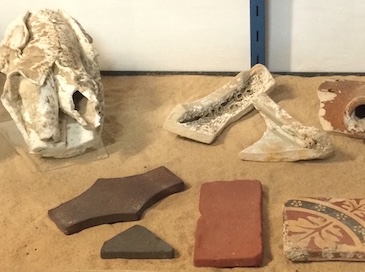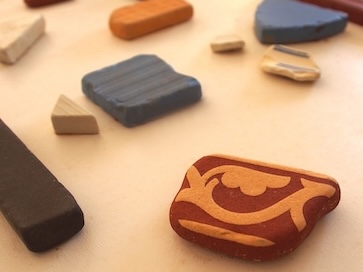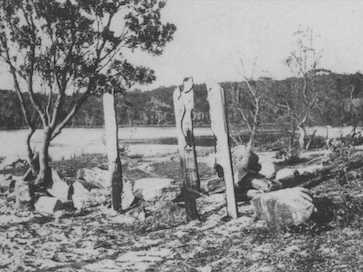Preserving Milton-Ulladulla’s past, for the future.
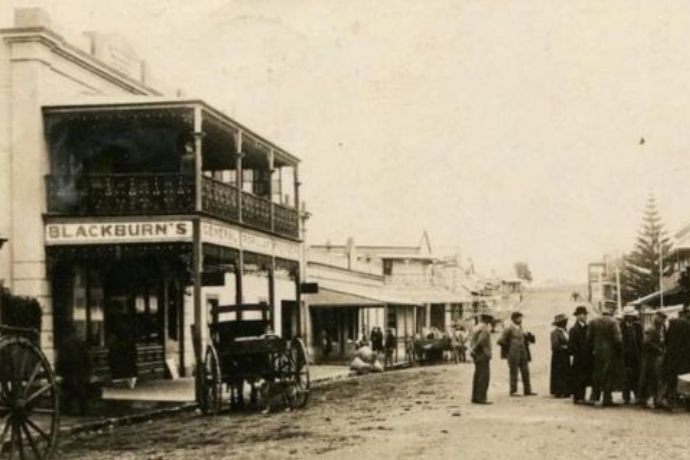
Our History
The Milton-Ulladulla district is a unique part of the heritage of both New South Wales and Australia.
The Milton-Ulladulla district is a unique part of Australian and New South Wales heritage. First Nations people, the Murramarang of the Yuin Nation thrived in its tall forests and coastal waters and enriched the local landscape with their art and cultural practices. British colonists arrived from 1828, and the district’s towns reflect the early expansion of the timber industry and later dairying, followed by silica mining and then tourism.
Understanding the history of the place in which you live creates a greater understanding of why so many things are as they are today – how towns and streets got their names, why the industries in which people work developed, how the natural landscape was shaped by settlement, and why houses and buildings look the way they do. Local history combined with a place’s geography can tell you everything.
But preserving local history is not an easy task, as towns expand, new roads are built and industries wax and wane. Since 1968, Milton-Ulladulla Historical Society Inc has been dedicated to preserving our district’s past, for the future.
Walking Guide to Historic Milton
Take home more from your visit to Milton with a walk around its historic town buildings and charming late 19th to early 20th century homes.
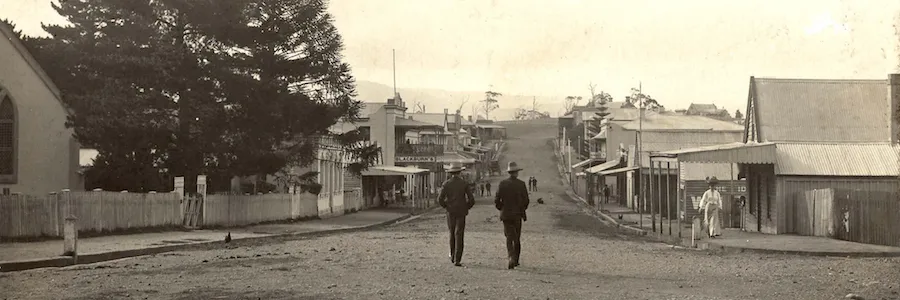
Our Stories
Our Places
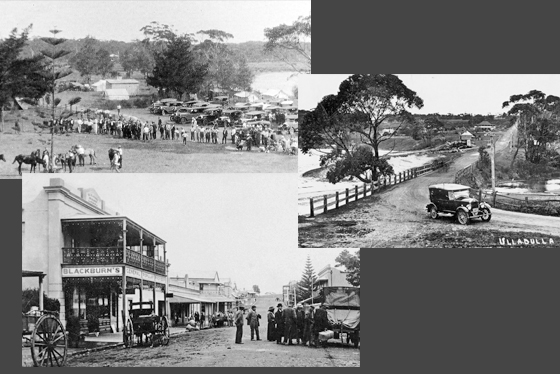
Our Places
Learn about the history of our thriving towns, charming villages and picturesque landscapes.
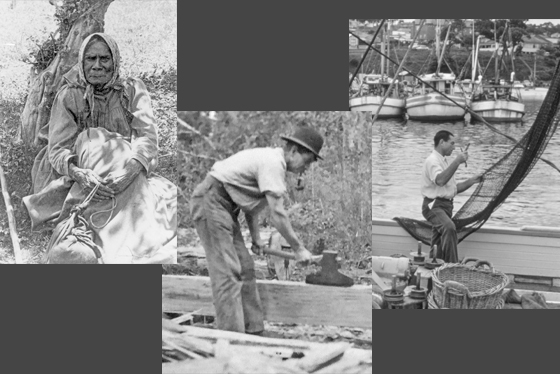
Our People
Learn how our people – indigenous, settler and migrant – have shaped our district and communities
Milton Ulladulla Historical Society
Preserving Milton-Ulladulla’s past, for the future.
This MUHS website is supported by the NSW Government through Create NSW
